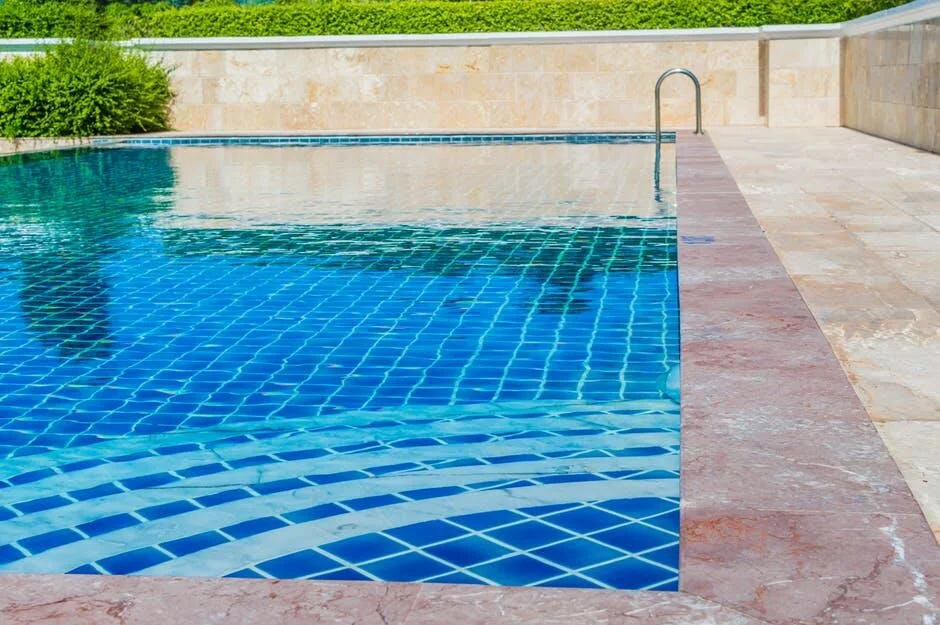Swimming pools are a luxurious addition to any home, offering a cool retreat during hot summer days. But keeping them clean and functional comes with its challenges and costs. From the chemicals to the equipment and labor, maintaining a pool can be pricey.
Whether you’re thinking of getting one or already have one, managing the expenses can be tricky. In this post, we’ll explore the main factors that influence a swimming pool maintenance cost and share tips on how to keep them manageable.
Get ready to learn how to keep your pool sparkling without overspending.
1. Size of the Pool
Larger pools need more chemicals, equipment, and labor to keep clean and balanced. This means that the cost of maintenance will be higher for a bigger pool compared to a smaller one. Additionally, larger pools hold more water, which means more water needs to be circulated and filtered, increasing energy costs.
The size of the pool also impacts the frequency of cleaning and routine maintenance, such as scrubbing and vacuuming. The larger the pool, the more time and effort is needed to keep it in top condition, resulting in a higher maintenance cost.
2. Type of Pool
There are different types of pools, such as above-ground, in-ground, concrete, fiberglass, and vinyl, each with its own unique maintenance requirements and associated costs. For example, an in-ground pool may have a higher maintenance cost due to the need for more extensive cleaning and repairs, while a vinyl pool may need less maintenance budgeting but may need to be replaced more frequently. Additionally, the size and features of your pool, such as a hot tub or waterfall, can also impact maintenance costs.
3. Location of the Pool
The climate of the area where the pool is located can greatly impact the cost of maintenance. For example, if the pool is in a warmer climate, it may need more frequent cleaning to prevent algae growth, resulting in higher maintenance costs.
On the other hand, a pool in a colder climate may not need as much maintenance, but the cost of heating the pool may be higher. Similarly, the type of soil and vegetation in the surrounding area can also affect the cost of pool maintenance, as they can contribute to debris and dirt buildup.
4. Expertise and Availability of Pool Technicians
One of the most important factors to consider when calculating the cost of maintaining your swimming pool is the expertise and availability of pool technicians. A skilled and experienced pool contractor will not only ensure that your pool is properly maintained, but they can also detect and address any potential issues before they become major problems, saving you money in the long run.
Yet, the availability of pool technicians in your area can greatly impact the cost of maintenance, as areas with a higher demand for their services may have higher rates. It is crucial to research and compare different pool contractors to find the best balance of expertise and affordability for your pool maintenance needs.
Dive Into this Guide for Calculating Your Swimming Pool Maintenance Cost
Calculating the swimming pool maintenance cost is influenced by various factors such as size, materials, and location. It is important to consider these factors to create an accurate budget for pool maintenance.
Keep this pool maintenance guide and start planning for a hassle-free pool maintenance experience. Don’t forget to check and adjust your budget to ensure the longevity and functionality of your pool.
Looking for more tips? You’re in the right place! Make sure to bookmark our page and come back to check out more interesting articles.






